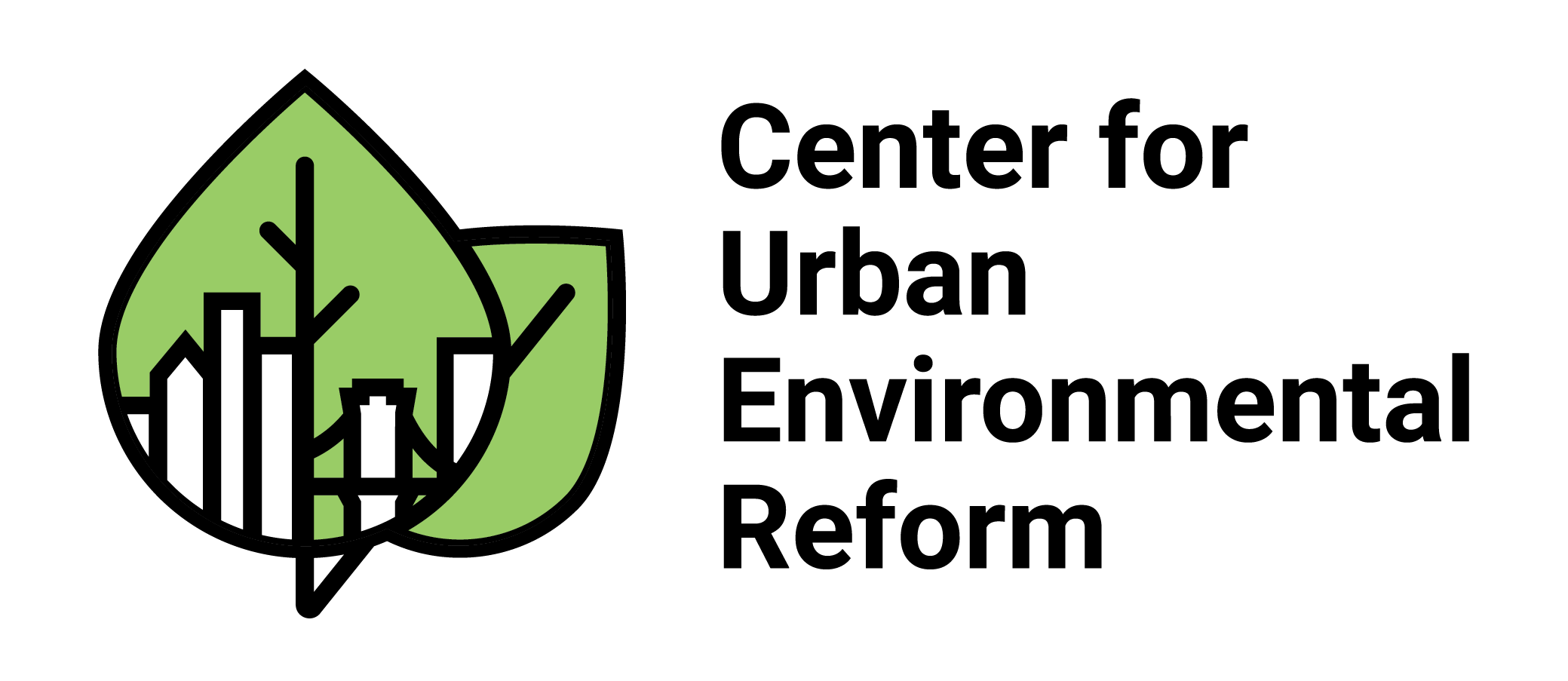The Blight of Highways

Today The New York Times ran an article entitled ???Does Louisville Need More Highways???? It tells the story of how so many cities upended urban life for expansion into suburbs for the use of cars. This story might seem distant to young people in New York, but in The Bronx, Queens and Brooklyn, neighborhoods are sliced and at times in bad states in the areas running along the highways. Even young adults and transplants to New York, such as me, are often aware of the notorious destruction of the South Bronx.
A handful of cities are revitalizing their riverfronts, where they exist, and otherwise dismantling old highways for restored urban development. The article mentions San Francisco and Pittsburgh, to name two. I have been told that Montgomery, Alabama, has also worked on improving their waterfront area.
Still, some cities like Louisville plan to increase the size of their highway systems that run downtown, and create larger bypasses. Reading the Times article made me think of plans in my hometown Birmingham, Alabama, to build the Northern Beltline behind the idea that outlying towns will have increased economic opportunity and traffic will be improved. Environmental groups, the EPA and residents living along the proposed path oppose construction of the Beltline. Meanwhile, downtown Birmingham, much like the Times article suggests about downtown Louisville, has had a bit of a renaissance.
Expanding highway systems is a losing situation. Neighborhoods and towns???often impoverished or less wealthy ones???are destroyed; traffic has been shown to actually increase; the promised economic boons do not exist; the highways are an eyesore; and environmental harms are increased from run-off, destruction of land, and increased vehicular pollution. Cities such as Louisville and Birmingham would be better off investing in restoring the mass transit that disappeared with the formation of suburbs and the first sets of highways. It might take time for residents to be willing to give up their cars and take to transit systems, but the invest is one that is long-term.

